Back to Courses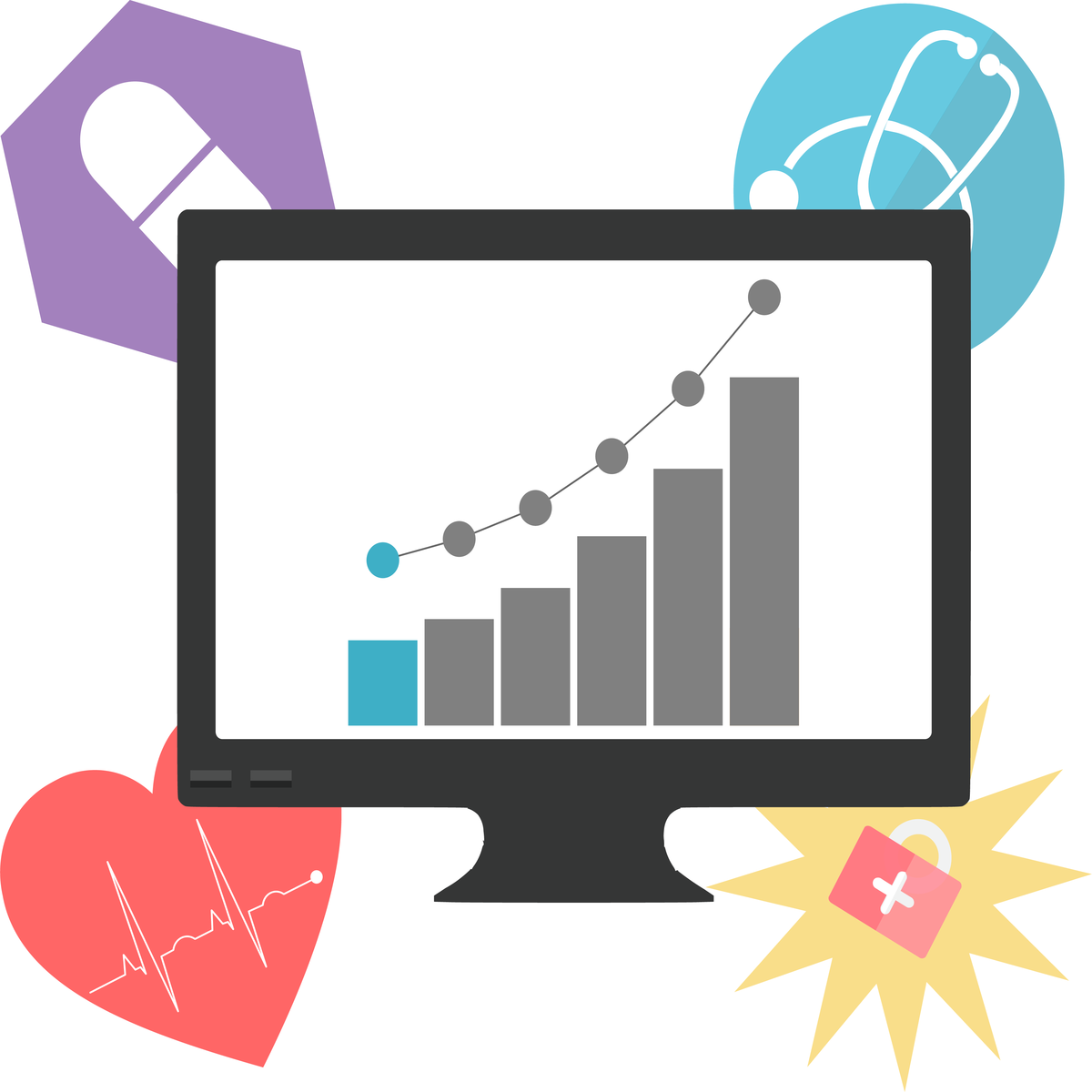
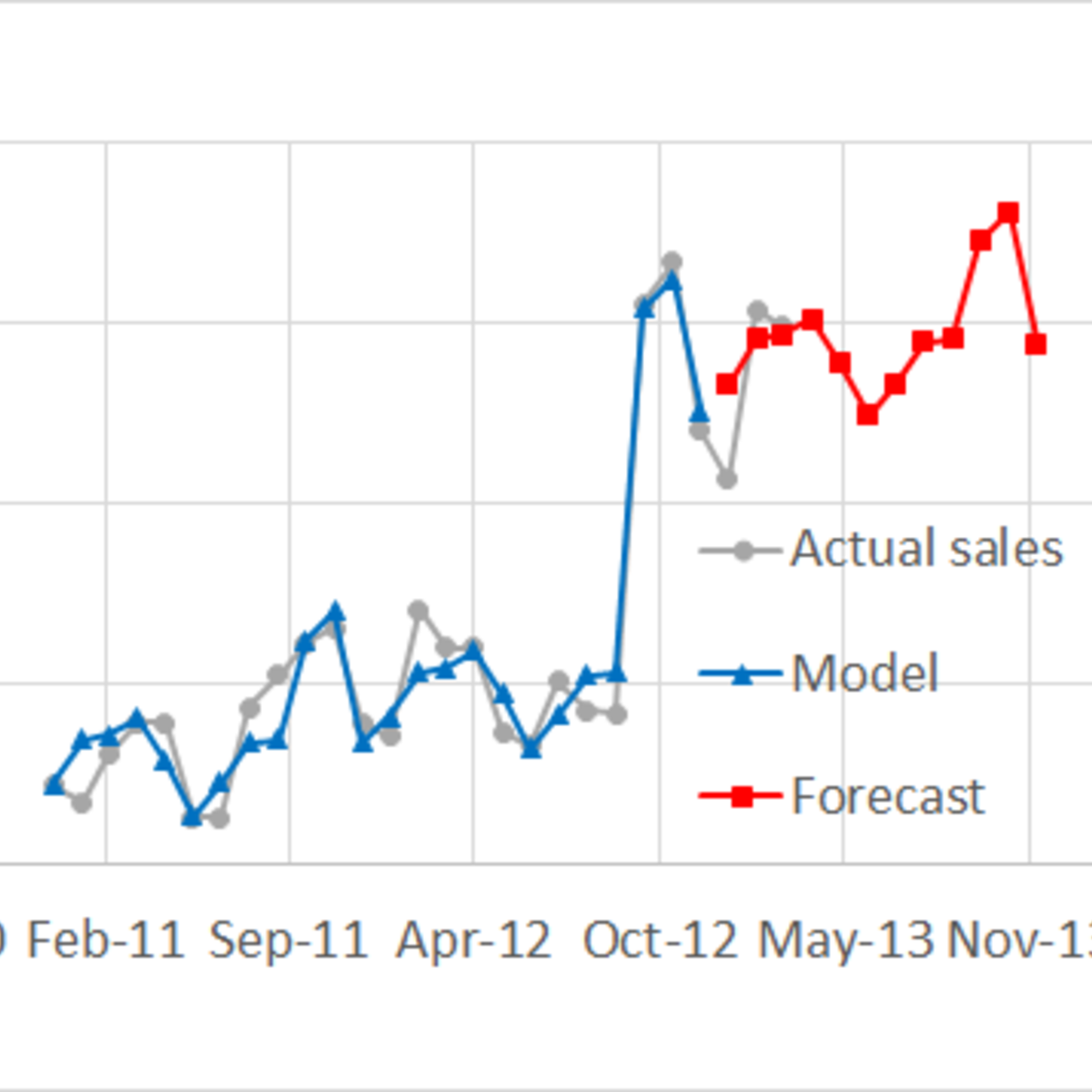

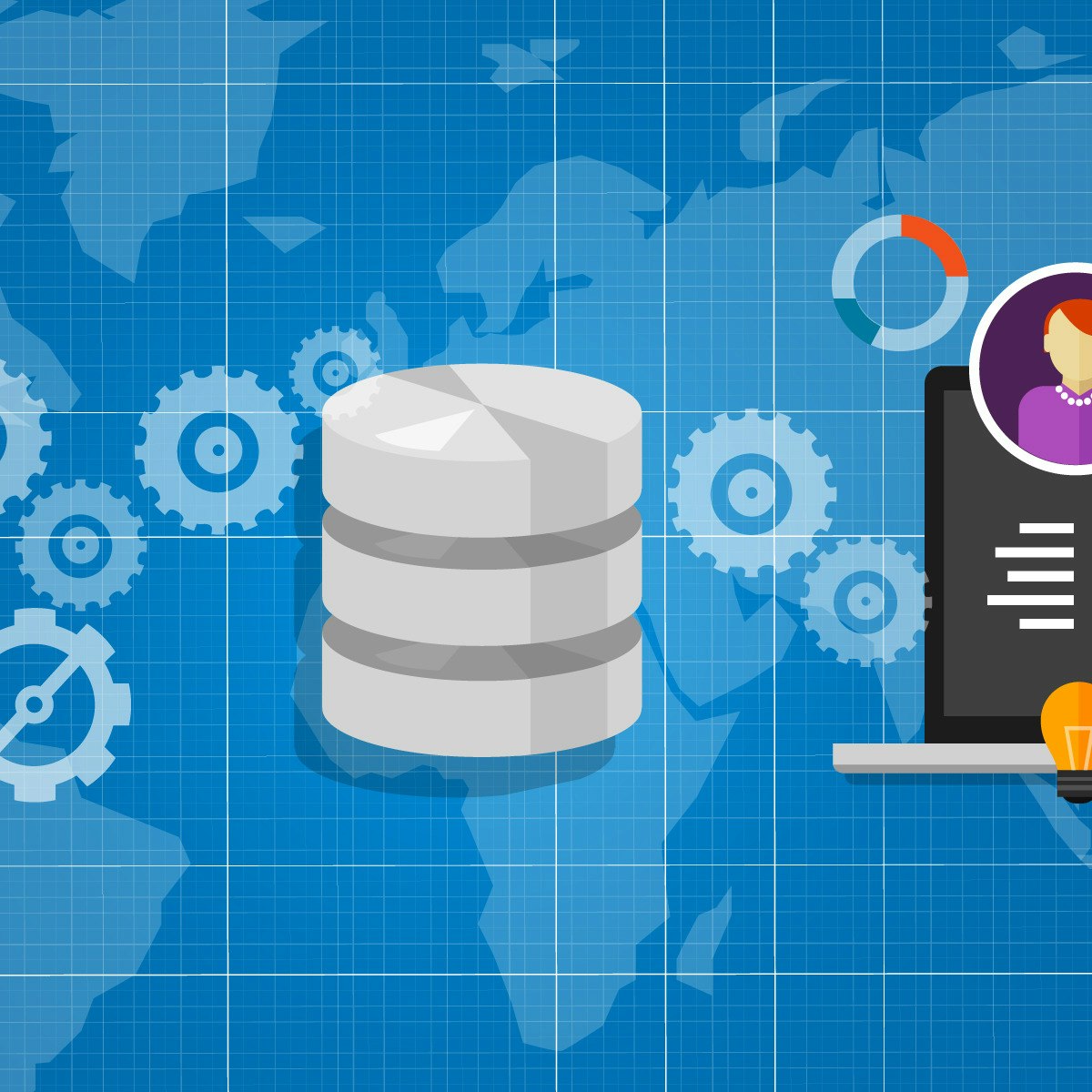

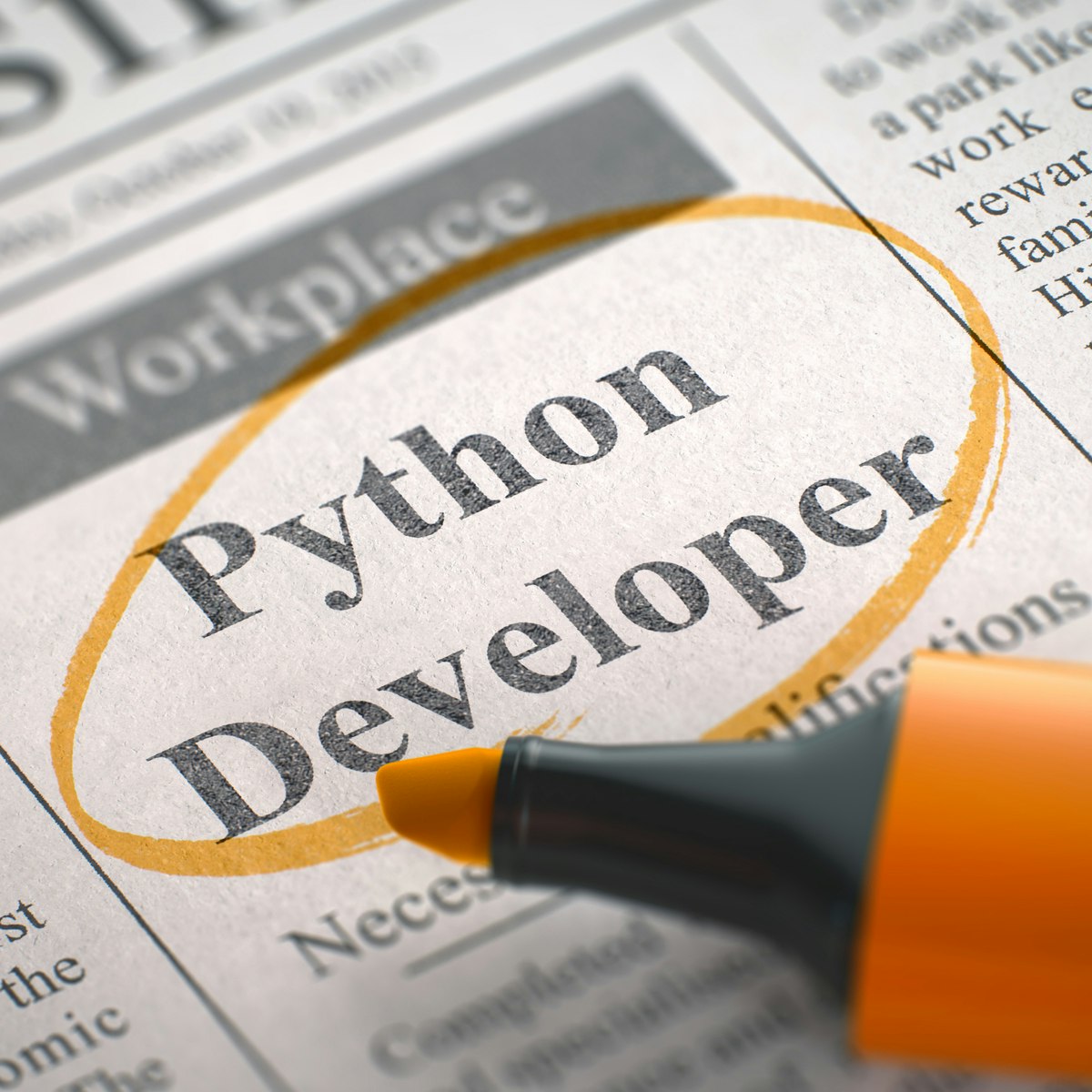
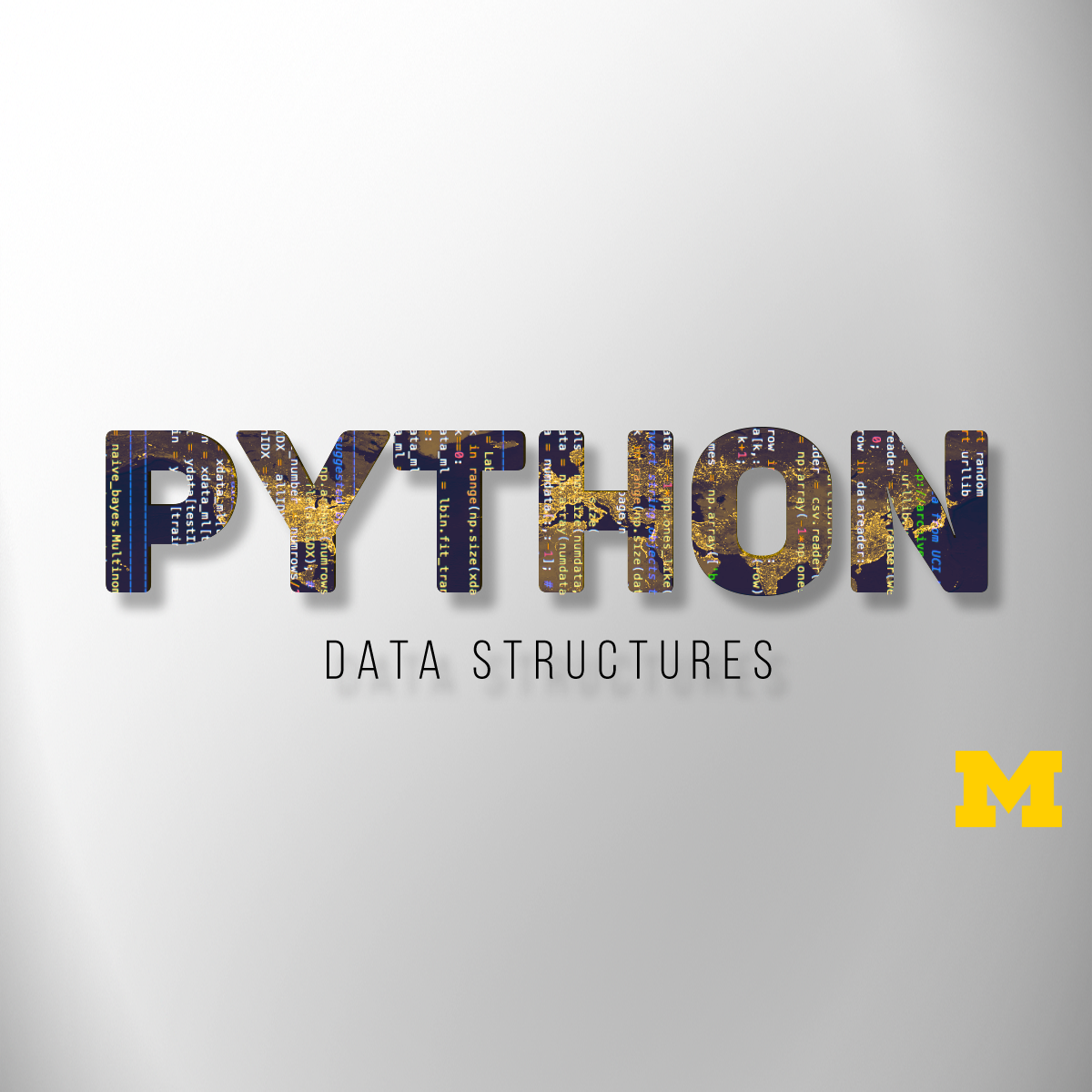
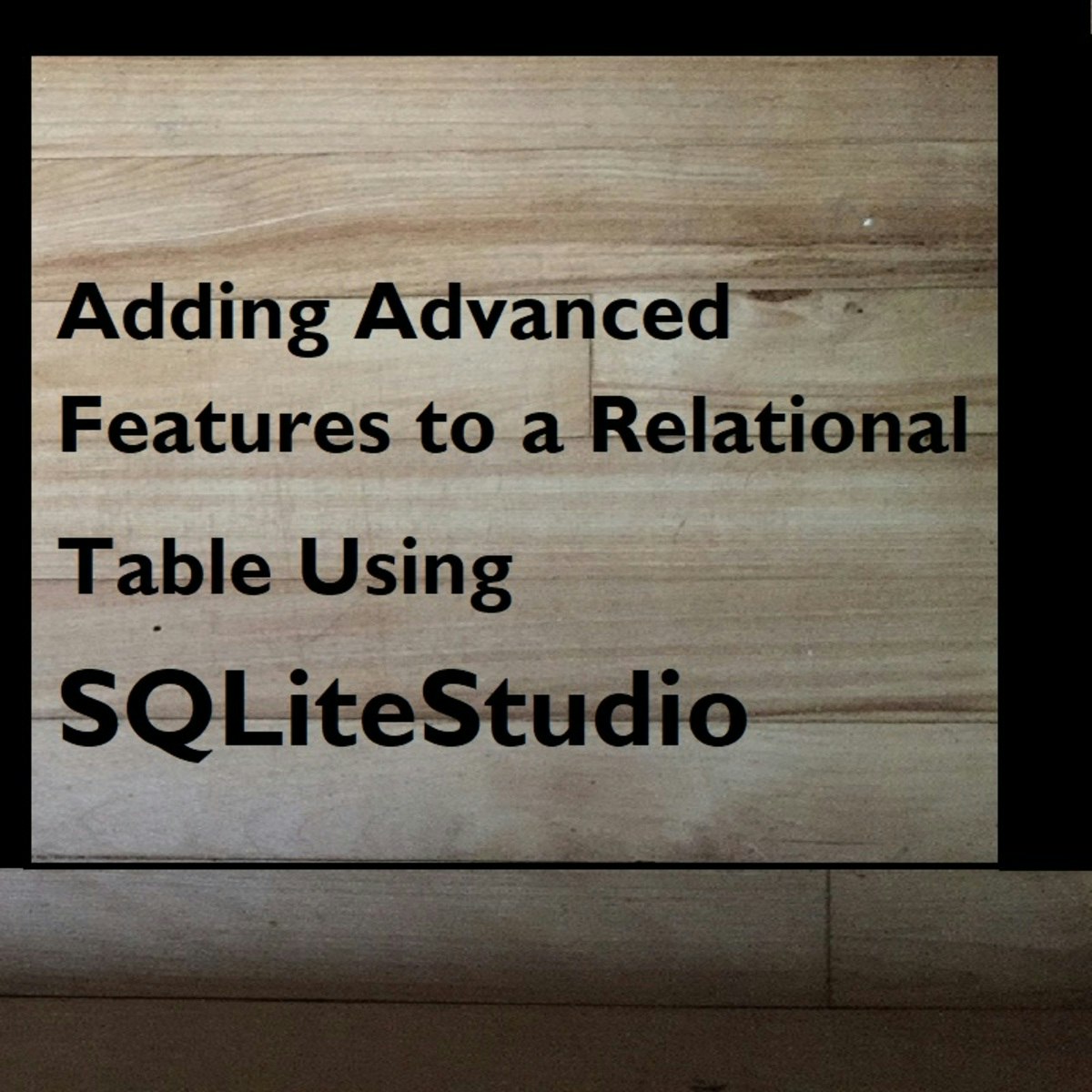
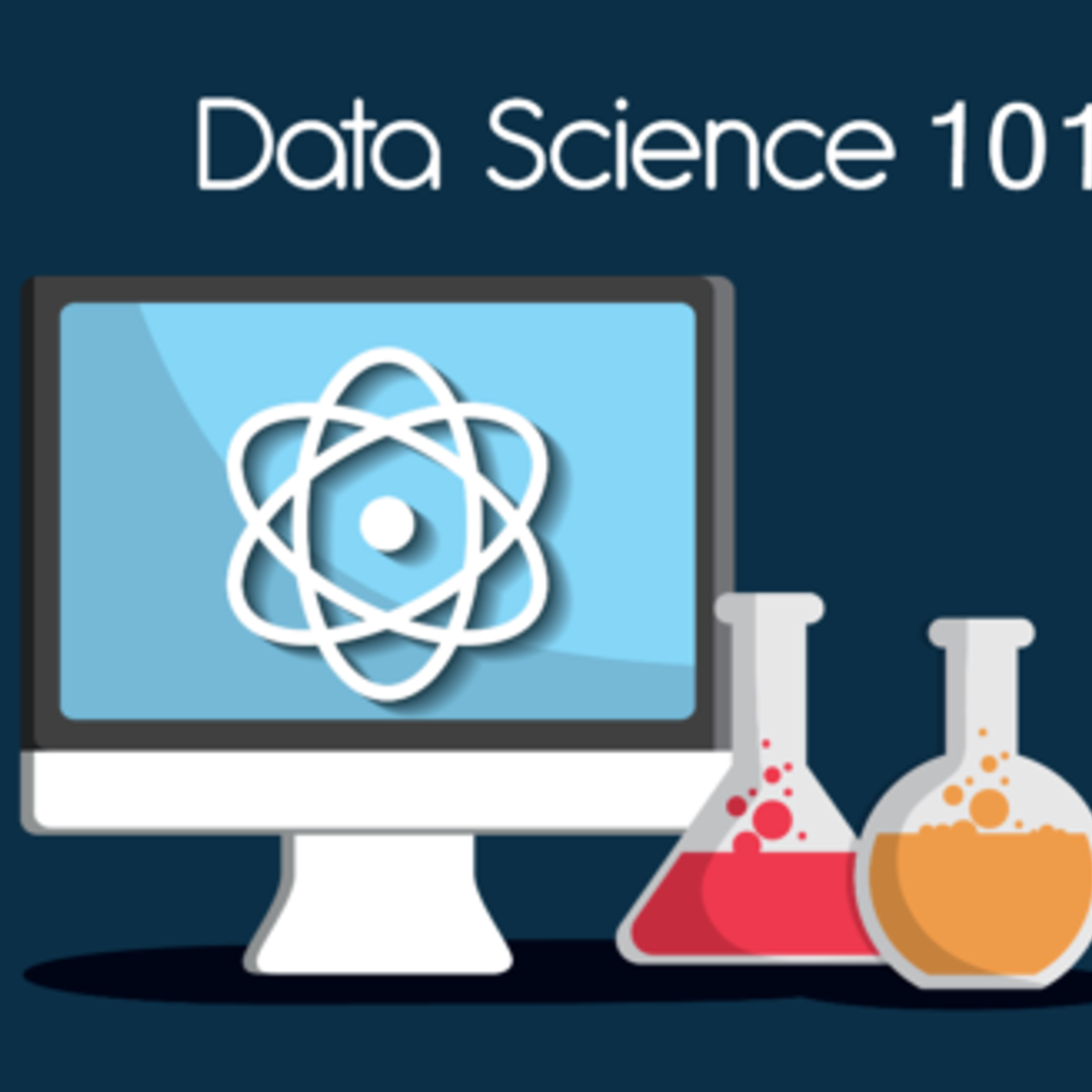

Data Analysis Courses - Page 4
Showing results 31-40 of 998

Introduction to Clinical Data Science
This course will prepare you to complete all parts of the Clinical Data Science Specialization. In this course you will learn how clinical data are generated, the format of these data, and the ethical and legal restrictions on these data. You will also learn enough SQL and R programming skills to be able to complete the entire Specialization - even if you are a beginner programmer. While you are taking this course you will have access to an actual clinical data set and a free, online computational environment for data science hosted by our Industry Partner Google Cloud.
At the end of this course you will be prepared to embark on your clinical data science education journey, learning how to take data created by the healthcare system and improve the health of tomorrow's patients.

Demand Analytics
Welcome to Demand Analytics - one of the most sought-after skills in supply chain management and marketing!
Through the real-life story and data of a leading cookware manufacturer in North America, you will learn the data analytics skills for demand planning and forecasting. Upon the completion of this course, you will be able to
1. Improve the forecasting accuracy by building and validating demand prediction models.
2. Better stimulate and influence demand by identifying the drivers (e.g., time, seasonality, price, and other environmental factors) for demand and quantifying their impact.
AK is a leading cookware manufacturer in North America. Its newly launched top-line product was gaining momentum in the marketplace. However, a price adjustment at the peak season stimulated a significant demand surge which took AK completely by surprise and resulted in huge backorders. AK faced the risk of losing the market momentum due to the upset customers and the high cost associated with over-time production and expedited shipping. Accurate demand forecast is essential for increasing revenue and reducing cost. Identifying the drivers for demand and assessing their impact on demand can help companies better influence and stimulate demand.
I hope you enjoy the course!

Information Visualization: Advanced Techniques
This course aims to introduce learners to advanced visualization techniques beyond the basic charts covered in Information Visualization: Fundamentals. These techniques are organized around data types to cover advance methods for: temporal and spatial data, networks and trees and textual data. In this module we also teach learners how to develop innovative techniques in D3.js.
Learning Goals
Goal: Analyze the design space of visualization solutions for various kinds of data visualization problems. Learn what designs are available for a given problem and what are their respective advantages and disadvantages.
- Temporal
- Spatial
- Spatio-Temporal
- Networks
- Trees
- Text
This is the fourth course in the Information Visualization Specialization. The course expects you to have some basic knowledge of programming as well as some basic visualization skills (as those introduced in the first course of the specialization).

Introduction to Data Engineering
This course introduces you to the core concepts, processes, and tools you need to know in order to get a foundational knowledge of data engineering. You will gain an understanding of the modern data ecosystem and the role Data Engineers, Data Scientists, and Data Analysts play in this ecosystem.
The Data Engineering Ecosystem includes several different components. It includes disparate data types, formats, and sources of data. Data Pipelines gather data from multiple sources, transform it into analytics-ready data, and make it available to data consumers for analytics and decision-making. Data repositories, such as relational and non-relational databases, data warehouses, data marts, data lakes, and big data stores process and store this data. Data Integration Platforms combine disparate data into a unified view for the data consumers. You will learn about each of these components in this course. You will also learn about Big Data and the use of some of the Big Data processing tools.
A typical Data Engineering lifecycle includes architecting data platforms, designing data stores, and gathering, importing, wrangling, querying, and analyzing data. It also includes performance monitoring and finetuning to ensure systems are performing at optimal levels. In this course, you will learn about the data engineering lifecycle. You will also learn about security, governance, and compliance.
Data Engineering is recognized as one of the fastest-growing fields today. The career opportunities available in the field and the different paths you can take to enter this field are discussed in the course.
The course also includes hands-on labs that guide you to create your IBM Cloud Lite account, provision a database instance, load data into the database instance, and perform some basic querying operations that help you understand your dataset.

Introduction to D3.js
This Guided Project, Introduction to D3.js is for those who want to learn about D3.js which is a JavaScript library for producing SVG-based, dynamic, interactive data visualizations in web browsers. In this 2-hour-long project-based course, you will get to know different SVG elements, build SVG-based webpages using D3.js, Integrate data into the SVG elements, and build simple data visualizations using D3.js. This project is unique because you will learn to build simple SVG-based data representations from scratch using D3.js. You will also learn how to integrate JSON data into your D3 data visualization. To be successful in this project, you will need to have knowledge of HTML, CSS, and Javascript programming language and to be experienced working with Visual Studio Code IDE.

Python Data Visualization
This if the final course in the specialization which builds upon the knowledge learned in Python Programming Essentials, Python Data Representations, and Python Data Analysis. We will learn how to install external packages for use within Python, acquire data from sources on the Web, and then we will clean, process, analyze, and visualize that data. This course will combine the skills learned throughout the specialization to enable you to write interesting, practical, and useful programs.
By the end of the course, you will be comfortable installing Python packages, analyzing existing data, and generating visualizations of that data. This course will complete your education as a scripter, enabling you to locate, install, and use Python packages written by others. You will be able to effectively utilize tools and packages that are widely available to amplify your effectiveness and write useful programs.

Python Data Structures
This course will introduce the core data structures of the Python programming language. We will move past the basics of procedural programming and explore how we can use the Python built-in data structures such as lists, dictionaries, and tuples to perform increasingly complex data analysis. This course will cover Chapters 6-10 of the textbook “Python for Everybody”. This course covers Python 3.

Advanced Features with Relational Database Tables Using SQLiteStudio
In this course, you’ll increase your knowledge of and experience with relational tables as you explore alternative ways of getting data into tables. You’ll also look at some of the advanced features that can give relational tables super powers. As you learn about the new features, you’ll use SQLiteStudio to apply them to your tables. Those features will enable your tables to more efficiently manage data—while keeping your data safe and accurate.
Tables are great for data storage. The concept of organizing data in rows and columns is familiar to most people. Accountants use spreadsheets to organize financial data, making it easier to budget and track expenses. Parents use lists with columns to track their family’s schedules so that everyone gets to participate in outside activities. Even the Internal Revenue Service gets in the game by using tax tables to provide tax amounts for a variety of incomes. Even a simple grocery list is tabular in nature. Each row is an item, with one column having the item's name/description, and a second column noting the quantity needed. It’s no surprise that database designers like to use tables in a relational database to organize and store data. In the Design and Create a Relational Database Table Using SQLiteStudio course you learned about tables. You created and populated a relational table using the SQLiteStudio database management system. That was a great beginning. Now it's time for the next step!

What is Data Science?
Do you want to know why Data Science has been labelled as the sexiest profession of the 21st century? After taking this course you will be able to answer this question, and get a thorough understanding of what is Data Science, what data scientists do, and learn about career paths in the field.
The art of uncovering the insights and trends in data has been around since ancient times. The ancient Egyptians used census data to increase efficiency in tax collection and they accurately predicted the flooding of the Nile river every year. Since then, people using data to derive insights and predict outcomes have carved out a unique and distinct field for the work they do. This field is data science.
In today's world, we use Data Science to find patterns in data, and make meaningful, data driven conclusions and predictions.
This course is for everyone, and teaches concepts like Machine Learning, Deep Learning, and Neural Networks and how companies apply data science in business.
You will meet several data scientists, who will share their insights and experiences in Data Science. By taking this introductory course, you will begin your journey into the thriving field that is Data Science!

Machine Learning with H2O Flow
This is a hands-on, guided introduction to using H2O Flow for machine learning. By the end of this project, you will be able to train and evaluate machine learning models with H2O Flow and AutoML, without writing a single line of code! You will use the point and click, web-based interface to H2O called Flow to solve a business analytics problem with machine learning.
H2O is a leading open-source machine learning and artificial intelligence platform trusted by data scientists and machine learning practitioners. It has APIs available in R, Python, Scala, and also a web-based point and click interface called Flow. H2O's AutoML automates the process of training and tuning a large selection of models, allowing the user to focus on other aspects of the data science and machine learning pipelines such as data pre-processing, feature engineering, and model deployment.
To get the most out of this project, we recommend that you have an understanding of basic machine learning theory, and have trained machine learning models.
Note: This course works best for learners who are based in the North America region. We’re currently working on providing the same experience in other regions.
Popular Internships and Jobs by Categories
Find Jobs & Internships
Browse
© 2024 BoostGrad | All rights reserved